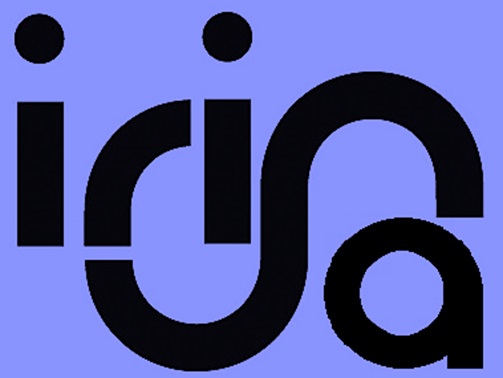Is business capability modelling relevant to technology?
Business capability models are often used to structure proposals for new investments, setting out broad business areas of impact.
Information technology and applications are key to competitive advantage and differentiation and are now also a significant cost. So, understanding which systems are most critical, what their pain-points are, their impact and how to best operate the systems, requires a clear understanding about which business capabilities are supported by which application capabilities and what data is processed. Changes being considered to critical systems should only be made to what is well understood and considering that the relevant lifecycle of much of the data extends beyond the usefulness of the systems to the capabilities.
Organizations can benefit from new or updated business capability models in several key scenarios. This tool offers valuable insights that guide both operational improvements and strategic investments, ensuring alignment between technology and business goals. Below we outline some common scenarios where capability modelling is especially impactful:

1. Prioritizing Technology Investments
- Scenario: A company is evaluating multiple technology projects and needs to decide which investments will deliver the most significant impact.
- Benefit: Capability modelling helps decision-makers visualize which business capabilities are underpinned by specific systems and identify where upgrades or new systems will most effectively drive growth. This prioritization ensures that critical business needs align with IT investments.
2. Optimizing Cost Management
- Scenario: The organization is looking to streamline costs and improve ROI on technology spend, particularly as IT becomes a larger share of expenses.
- Benefit: A capability model highlights redundancies and inefficiencies in applications supporting various business functions, helping to identify systems that could be consolidated, automated, or replaced to lower operating costs without sacrificing performance.
3. Supporting Mergers and Acquisitions (M&A) and Strategic Partnerships
- Scenario: During a merger or acquisition or partnership, combining different organizations’ technology stacks and processes creates redundancy and integration challenges.
- Benefit: Capability modelling provides a unified view of overlapping functions and applications, allowing integration teams to streamline technology portfolios, avoid redundancies, and build an efficient and cohesive system that supports the combined, larger organization.
4. Enhancing Resilience and Risk Management
- Scenario: The organization needs to manage risk and ensure resilience, especially for mission-critical systems that support key business functions.
- Benefit: By mapping dependencies between business capabilities and IT systems, capability modelling helps identify potential points of failure and critical dependencies. This enables proactive risk mitigation and strengthens business continuity planning, especially for high-impact systems.
5. Accelerating Digital Transformation Initiatives
- Scenario: An organization aims to modernize or transform its technology to stay competitive but lacks clarity on where to start.
- Benefit: Business capability modelling provides a common view, helping to identify which areas are ripe for transformation by showing how current systems support core functions. This strategic perspective helps prioritize digital transformation efforts, focusing first on high-impact areas that directly support growth and differentiation.
6. Improving Customer Experience and Operational Efficiency
- Scenario: To improve customer satisfaction or internal efficiency, the company needs a better understanding of how its processes and systems affect customer-facing functions or internal operations.
- Benefit: A capability model offers a granular view of which systems support specific customer journeys and operational workflows. This can guide efforts to enhance user interfaces, streamline workflows, and improve data access for critical customer-facing functions, ensuring a seamless experience.
7. Planning for Scalability and Growth
- Scenario: Rapid growth requires the organization to scale its operations, but it’s unclear whether current systems can support this expansion.
- Benefit: Capability modelling helps identify which applications and systems may struggle to handle increased demand. This insight informs proactive planning for scalable, future-proof solutions, ensuring that critical capabilities can grow alongside the business.
In each of these scenarios, business capability modelling provides a structured approach to aligning technology with business needs, enabling growth, efficiency, and resilience as organizations scale.

